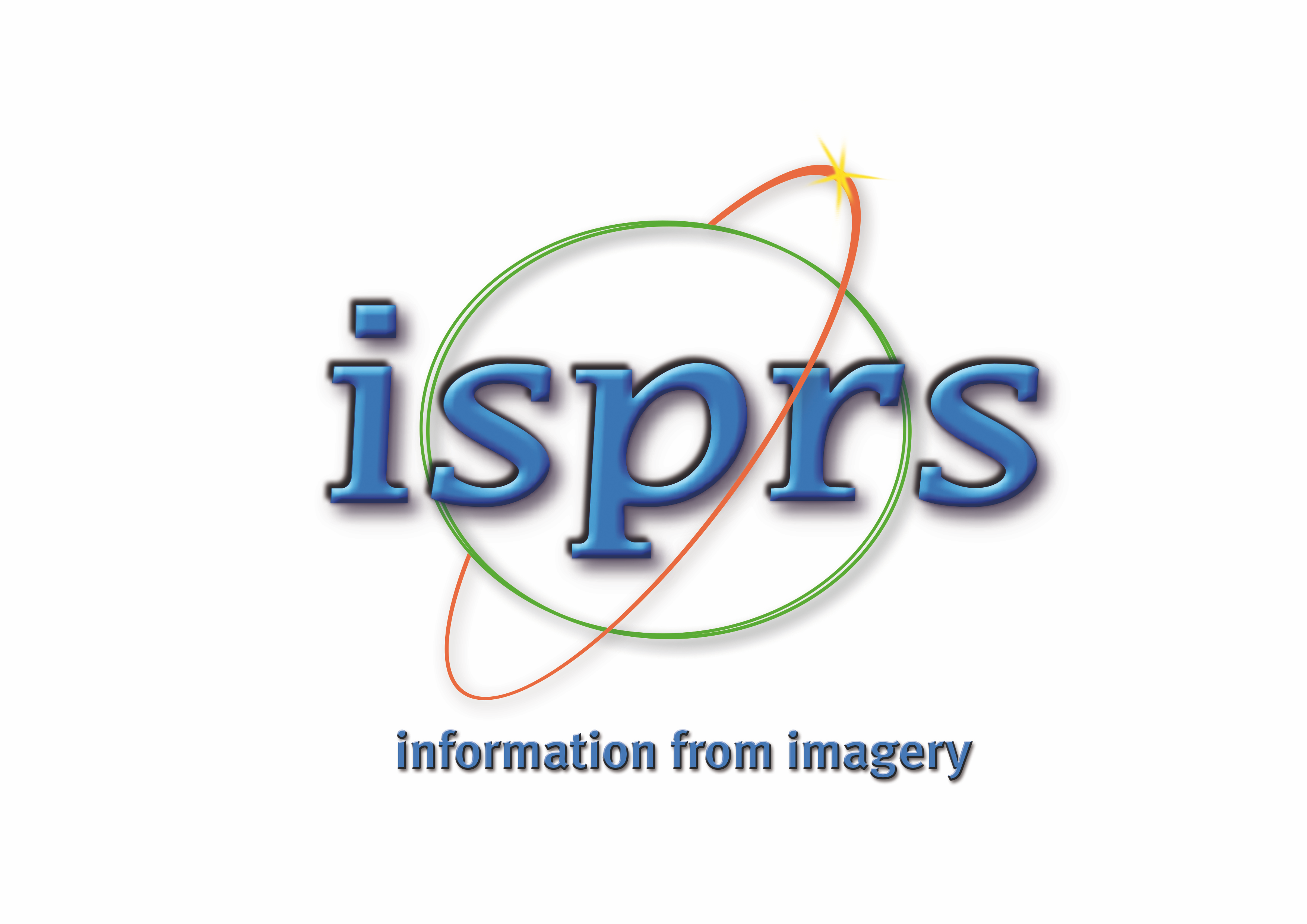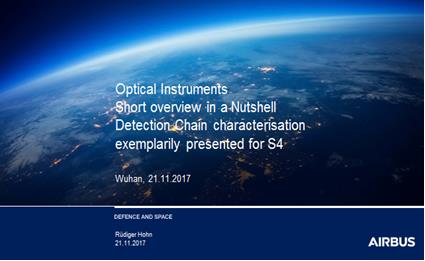Passive and Active Electro-Optical Sensors for Aerial & Space Imaging
The workshop will focus on new and improved methods, techniques, and applications of (electro-optical) sensors on airborne and space-borne platforms. A pprevious issue of this workshop have been held at Auckland, New Zealand (2015). This second issue is being held at Wuhan, China.
The aim of this workshop is to bring together engineers and scientists from academia, industry and government to exchange results and ideas for future applications of electro-optical remote sensing.
The workshop is supported by ISPRS and DGPF.


Topics
Topics include, but not limited, to:
- Systems and sensors on planes, helicopters, Remotely Piloted Aerial Systems, and spacecrafts
- Active and passive optical sensors: capabilities and technologies
- "Low cost" high-spatial and spectral resolution sensors
- Passive hyperspectral imaging for precision farming, and remote laser spectroscopy for identification material types and detect the presence of specific chemical species
- Data processing
- Applications: agriculture and forestry; security and monitoring surveillance; target tracking; environmental monitoring: natural disasters, fire, volcanic activity, earthquake; land use, land cover, change detection; 3D terrain and object reconstruction; atmospheric phenomena
- Automatic target detection, recognition, and identification
- Fusion of the data from multiple sensors having different resolutions, spectral ranges, perspectives and modes of operation allows enhance recognition and identification process
- Calibration accuracy and robustness, and advances of in-motion calibration.
Other important points for sensor and platform description are calibration standards, testing standards and image quality assurance procedures.
Goals/Motivation
Advances in the miniaturisation, performance and low cost sensors, has allowed researchers access to camera technology for wide-ranging applications.
Developments in sensor fusion and the proliferation of platforms offers researchers opportunities to extend the range of devices available. However, there is still a need to provide quality assurance of sensors, such as calibration, to minimise artefacts and bias in the data received and facilitate high-quality processing.
Program Committee
Bin Luo, Wuhan University
Byron Smiley, Planet Labs
Andreas Brunn, Planet Labs
Andreas Eckardt, DLR Berlin Adlershof
Clive Fraser, University of Melbourne
Norbert Haala, University of Stuttgart
Peter Reinartz, DLR Oberpfaffenhofen
Mark R. Shortis, RMIT Melbourne
Ruediger Hohn, Airbus DS
Dominik Rueß, HU-Berlin
Jens Kremer, IGImbH Kreuztal
Uwe Sörgel, University of Stuttgart
Jakub Kolecki, AGH University Cracow
Christian Fischer, DLR Berlin Adlershof
Heinz-Wilhelm Hübers, DLR Berlin Adlershof
Petra Helmholz, Curtin University
Krzysztof Bakuła, Warsaw University of Technology
Important Dates
- Workshop call for papers: June 5st, 2017
- Workshop paper submission deadline: September 8th, 2017 - Submission Link
- Workshop paper acceptance notification: October 4th, 2017
- Workshop paper camera-ready deadline: 16th October, 2017
- Workshop duration: 20th November, 2017 (possibly 20th-21st November)
Invited Talks
- Dr. Rüdiger Hohn (requested)

The author started his professional career at the University of Wuppertal in the department for Atmospheric and Space research. He worked between 1988 and 1998 on the CRISTA Mission. CRISTA (Cryogenic Infrared Spectrometers and Telescopes for the Atmosphere) was flown twice on the Space Shuttle in the years 1994 and 1997. The author was in charge of the radiometric absolute calibration of the 26 detectors operating at 2.5 K. Beside the development of ultra-precision blackbodies he acted as the mechanical system engineer and test campaign manager. After the successful second flight he moved to Dornier, now Airbus, working on the XMM project being in charge of the Focal Plane Assembly carrying six different instruments. After successful launch of XMM he worked as Cryogenic System Manager for the Herschel project, an ESA cornerstone mission. In the course of the program he took over the AIT of the complete spacecraft and was acting as launch campaign manager.
Currently he is responsible for the Sentinel 4 Focal Plane subsystem comprising all aspects from design to final testing.